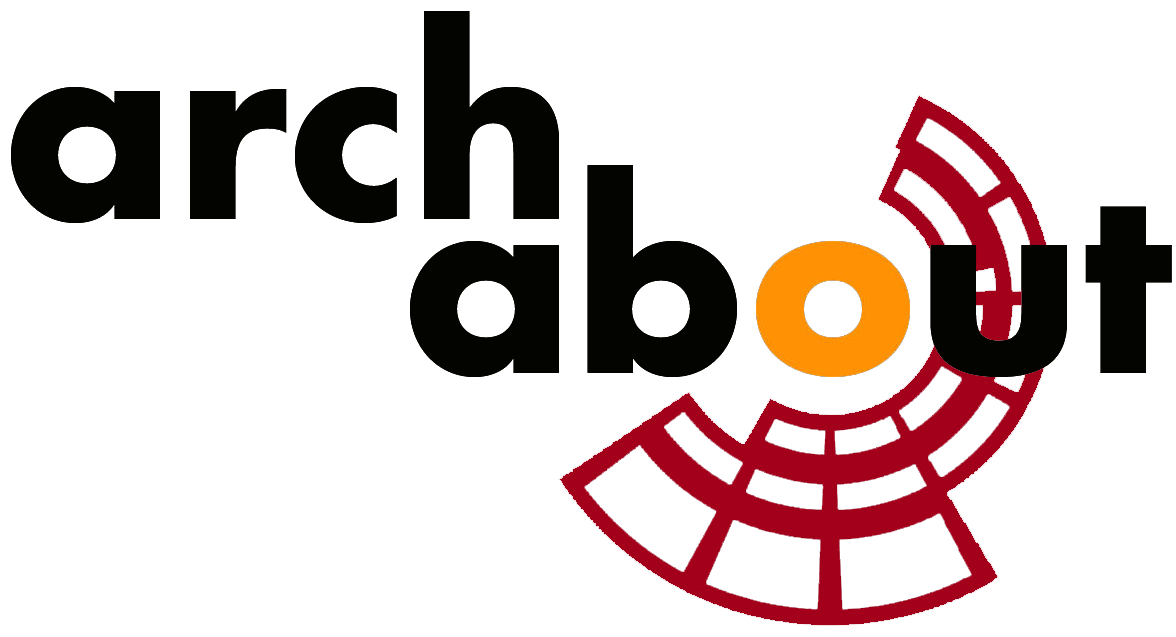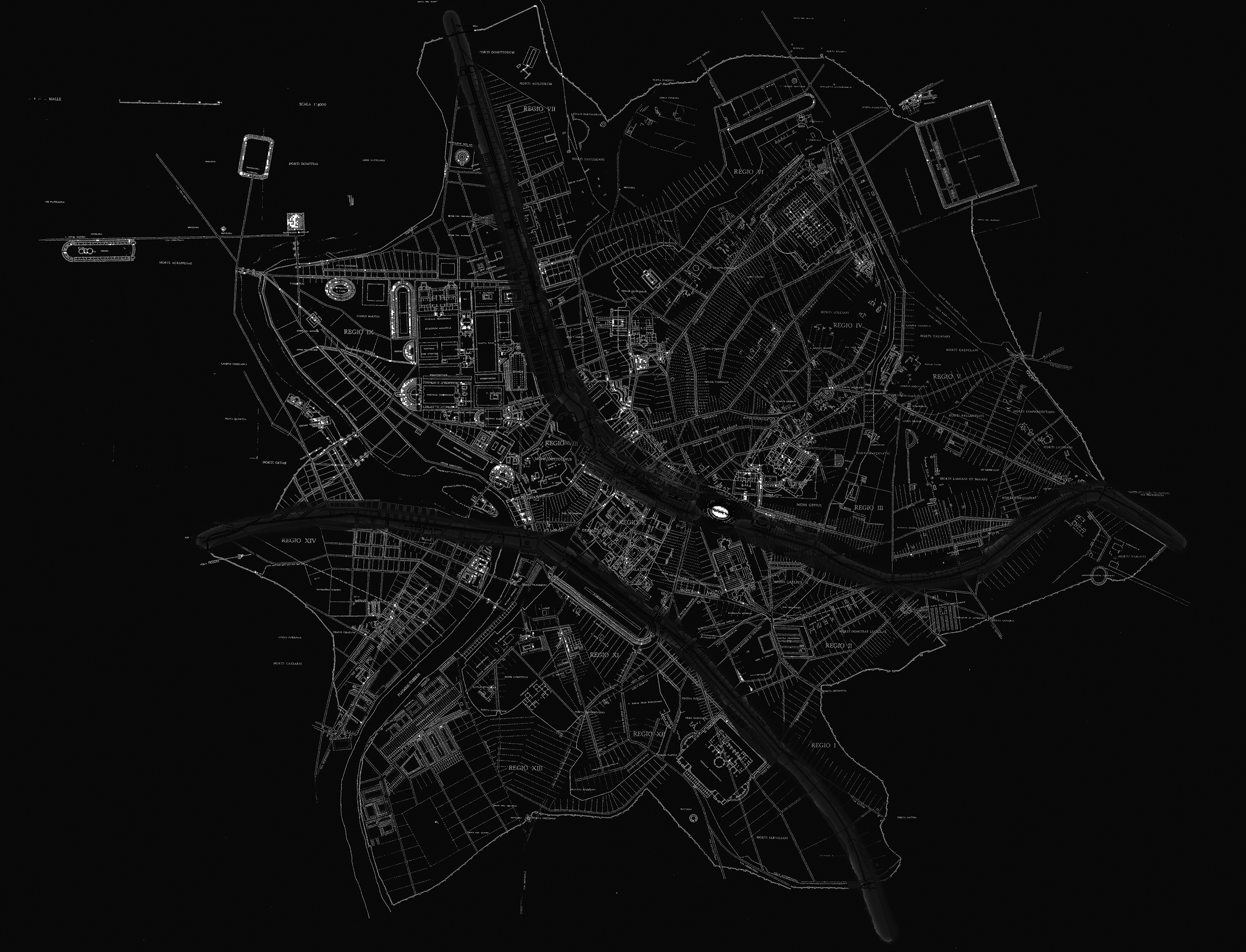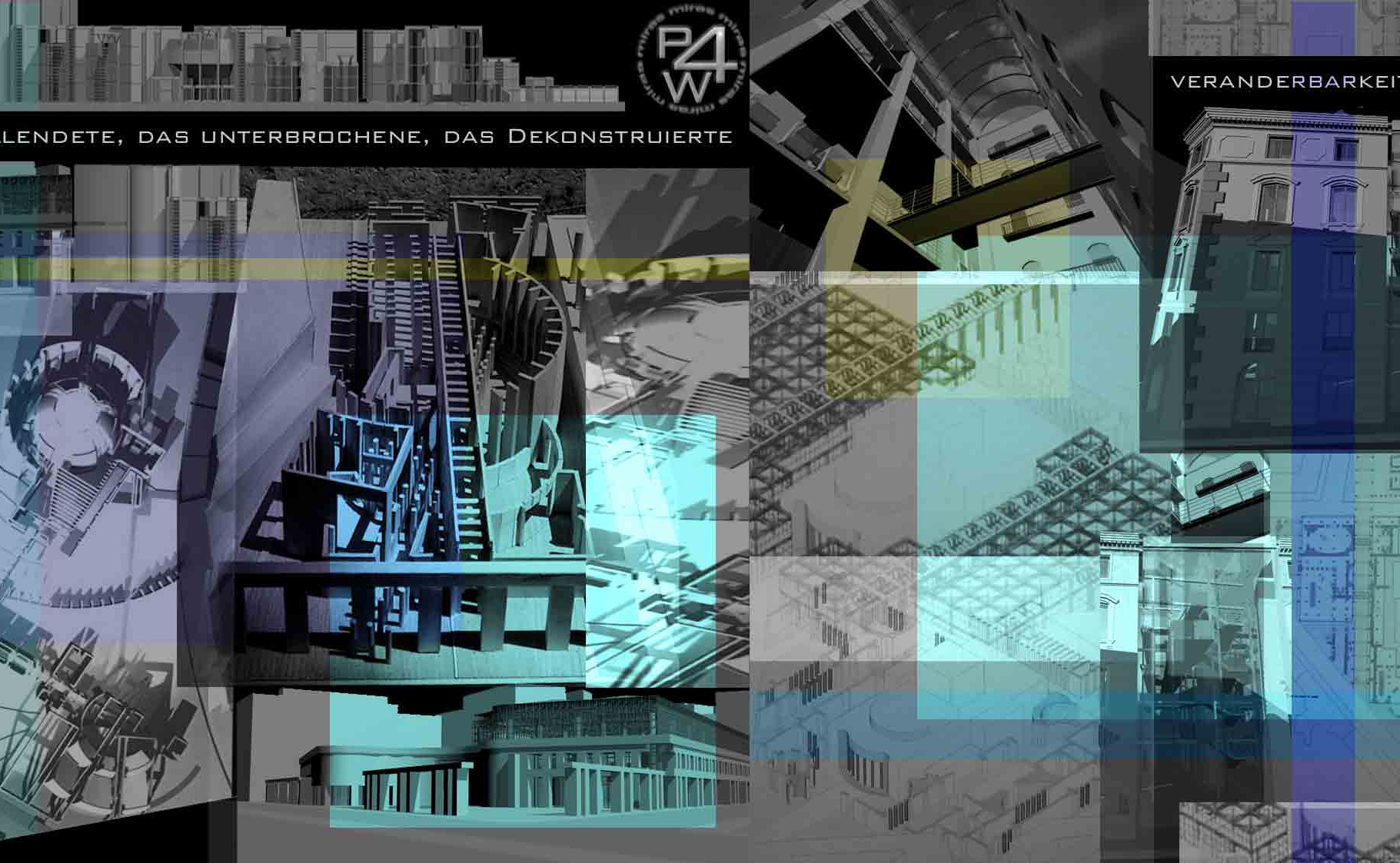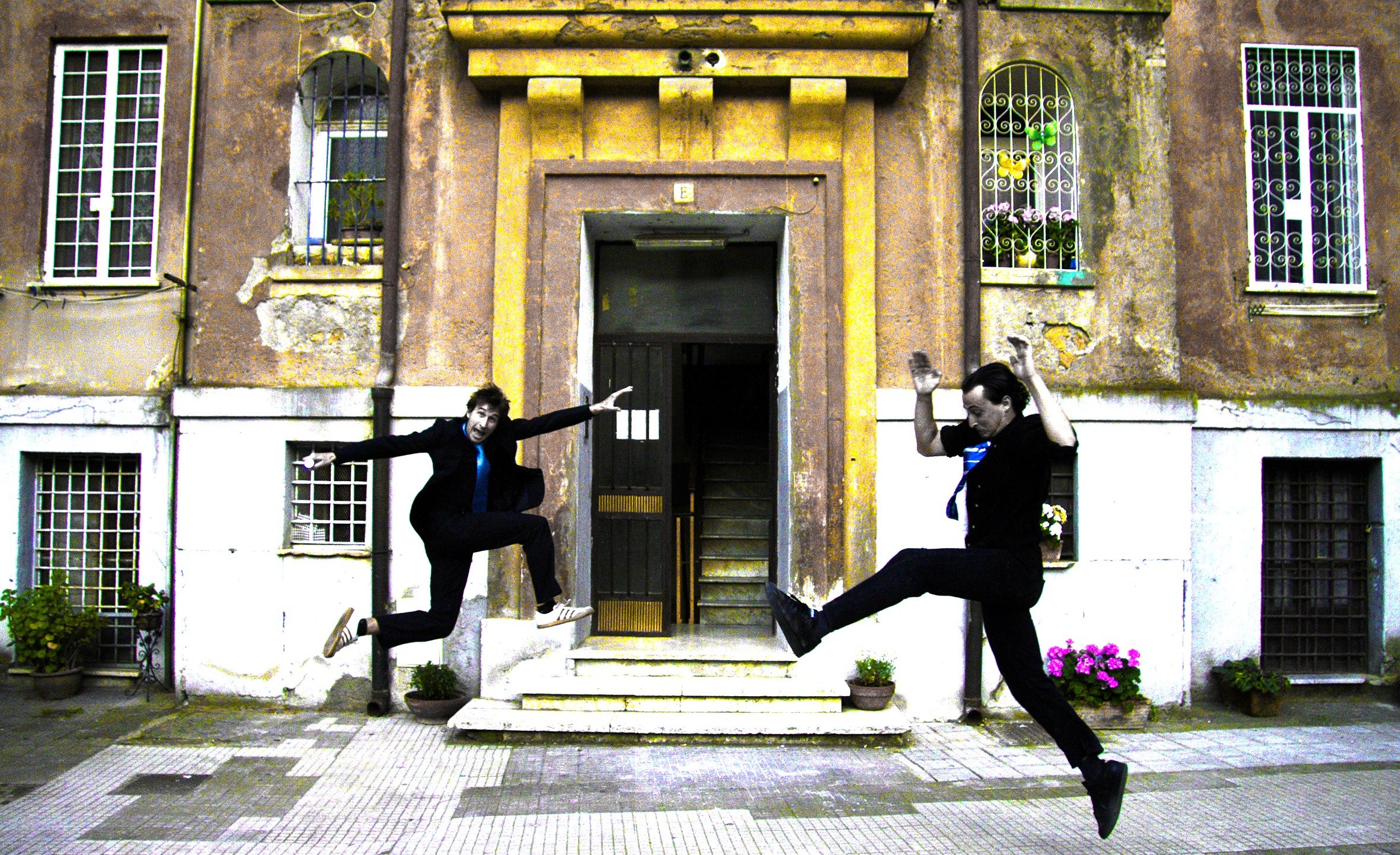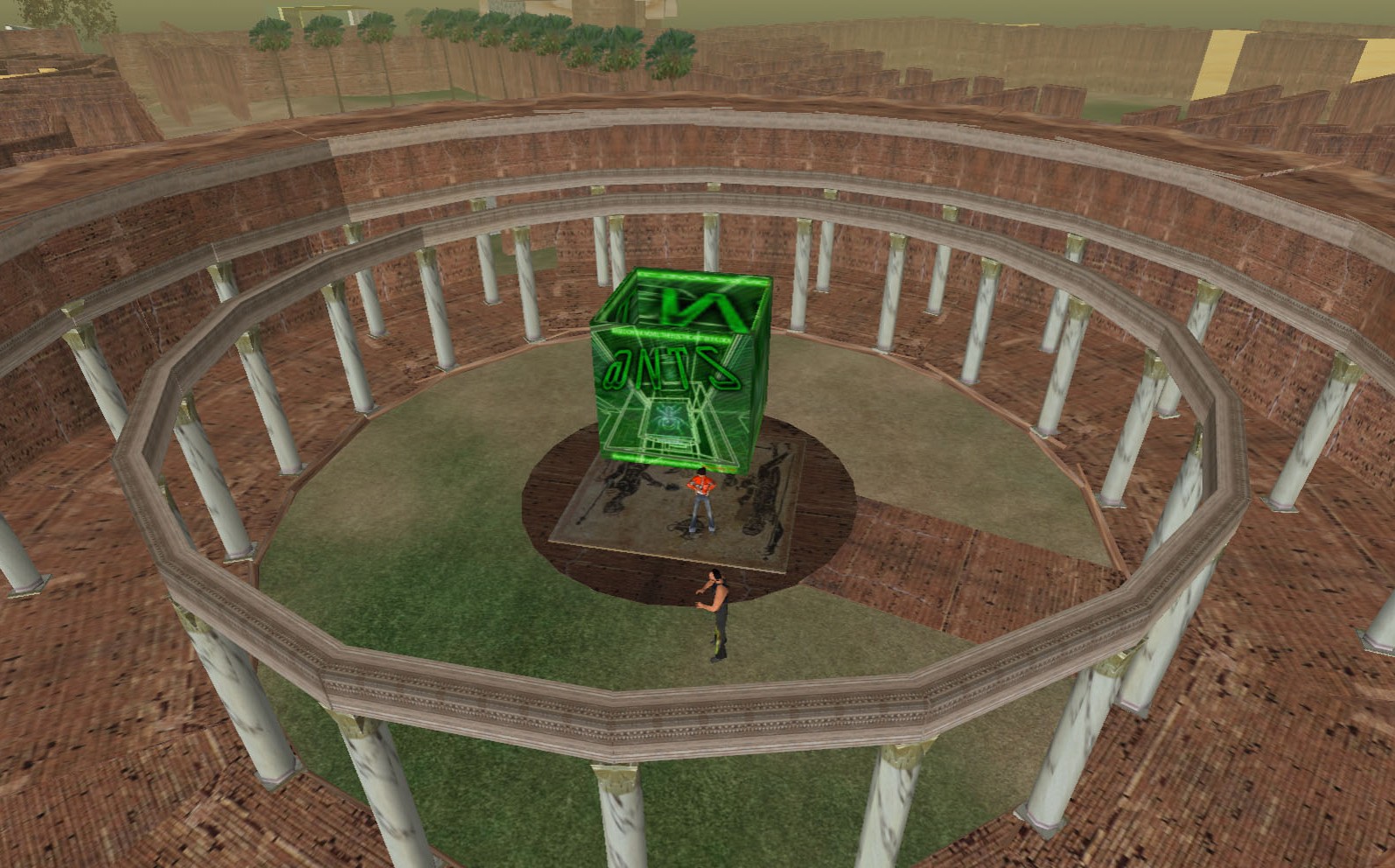RESEARCH & DESIGN
Sustainability in architecture is mostly related to resources, materials and processes. On the other hand, Globalisation, standardisation and heterotopia created ‘placelessness’, the ‘casual eradication of distinctive places and the deliberate making of standardized landscapes and the weakening of the identity of places to the point where they both look alike and offer the same bland possibilities for experience.’ (Relph, 1970).
Sustainability is not just about technology: History, tradition and community play a key role in the environmental consequences of development, and they should be considered as an integral part of the design process to realise truly sustainable architectures.
This renewed concept of sustainability needs specific methodologies and applications that are expressed in our AASOS methodology and applied in the following research areas:
Archabout Research areas:
1- Architecture and Urbanism: Investigation on the Territory and Urban Form through Analisys-Design Interaction (ADI), and Architecture by Elements (ABE).
2- Scenarchitecture: A methodology that provides bespoke tools to inform architectural design, participatory design and urban planning, using site-specific theatre and performing arts.
3- Metaverse & Digital Built Environment: The interaction between Art-Science is the methodology that Archabout applies to the digital space to identify new sequences of meaning, new material and immaterial configurations in a critical relationship with memory.
Archabout considers architecture as a critic methodology that –redefining the notion of transformation process – recovers the relationship between site, memory and design, with a focus on the Analysis-Design interaction, to explore and apply new technologies and the relation with historical models.
Archabout also acknowledges and foster the hybridation of disciplines as a key factor to design and manage our fluid living space. It crosses the boundaries of architecture, scenography and site-specific theatre performance; it is aimed at creating new relationship with the spatial context, real and virtual, to define new boundaries for the body and the action.
